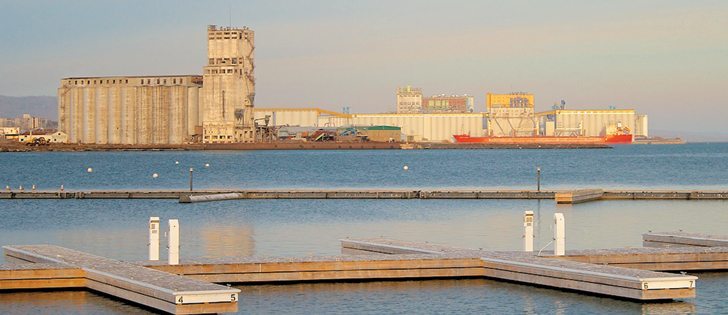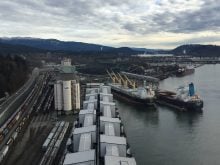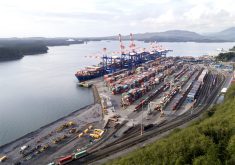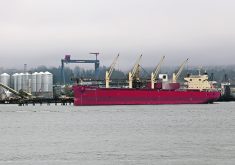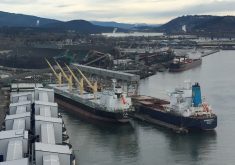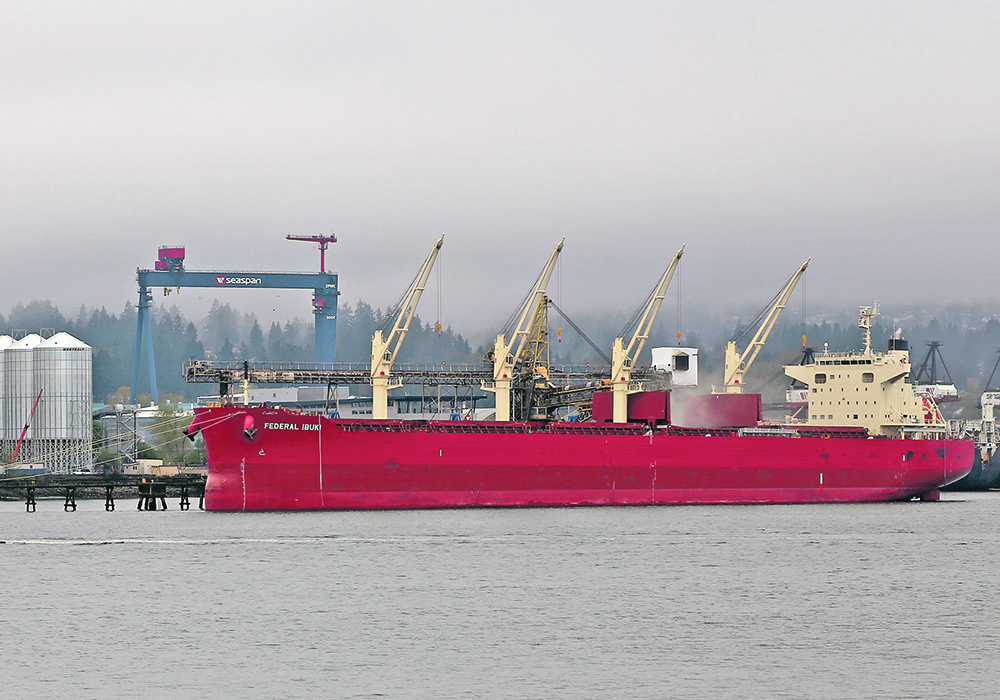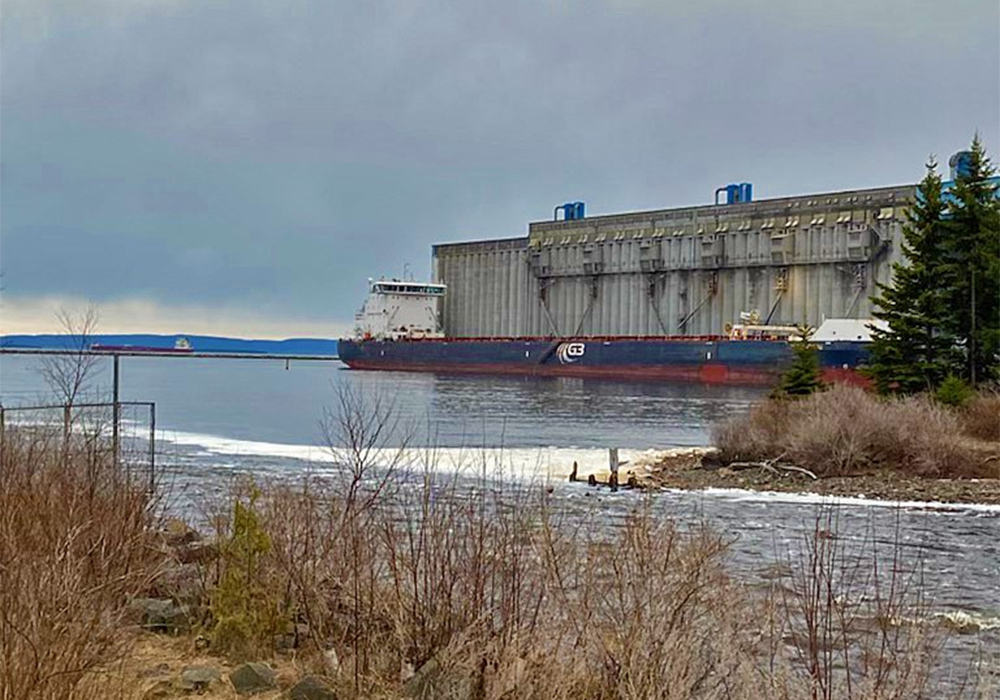Official says better logistical co-ordination between shippers and rail companies should improve grain movement
Harsh winter conditions in Ontario have affected Great Lakes shipping routes for the second year in a row.
As a result, the opening of the grain shipping season at the Port of Thunder Bay will again be delayed.
However, this year’s delays will be minor compared to those experienced last spring, says Time Heney, chief executive officer with the Thunder Bay Port Authority.
The first grain ships of the season were expected to arrive in Thunder Bay April 4, about a week later than normal.
Read Also

Drones now used to assess wildlife crop damage in Saskatchewan
Wildlife damage in Saskatchewan crops is now assessed by drones and artificial intelligence.
“It’s not like it was last year,” Heney said March 25.
“There is open water outside the harbour … and Lake Superior, I would say, is definitely not as bad as last year. But there are areas east of here that have had a much worse winter than normal so I think more of the issues are down there than they are up here (at Thunder Bay).”
The Welland Canal linking Lake Ontario and lake Erie usually opens around March 23 under normal conditions.
Grain ships that wintered below the canal would normally be expected to arrive in Thunder Bay a few days after that.
The Sault Locks at Sault Ste Marie opened March 25. A handful of ships that wintered in the area were expected to pass through the locks last week with the help of ice breakers.
Despite delays in southern Ontario, the situation at Thunder Bay is not out of the ordinary, Heney said.
Ice breakers have already opened lanes into the harbour area from open water on Lake Superior.
Ice thickness in the harbour is only slightly thicker than normal for this time of year.
Paul Kennedy, manager of CWB’s Mission Terminal at Thunder Bay, said grain trains are still arriving at his terminal from Western Canada.
Grain cars were still being unloaded, but rail traffic was being managed more closely in an effort to avoid rail car backlogs and unloading delays.
“We’re getting to the point where we’re at 95 percent capacity and we’re just sort of looking for places to put away additional incoming traffic — rail cars — on a day by day basis,” Kennedy said.
“But our first grain ship is expected April 4, so we’re not looking at a situation that’s nearly as bad as …last year. We don’t have any cars stacked up this year.”
Harsh winter conditions on the Great Lakes and a late spring thaw on Lake Superior delayed the opening of Thunder Bay’s shipping season by almost a month last year.
Rail cars loaded with grain were stacked up in rail yards as terminals waited for their first ships to arrive.
Kennedy said communication between the Canadian and American coast guards, shipping companies, grain shippers and rail companies is vastly improved over last year.
Improved logistical co-ordination should result in more fluid grain movement once the season starts, he added.


